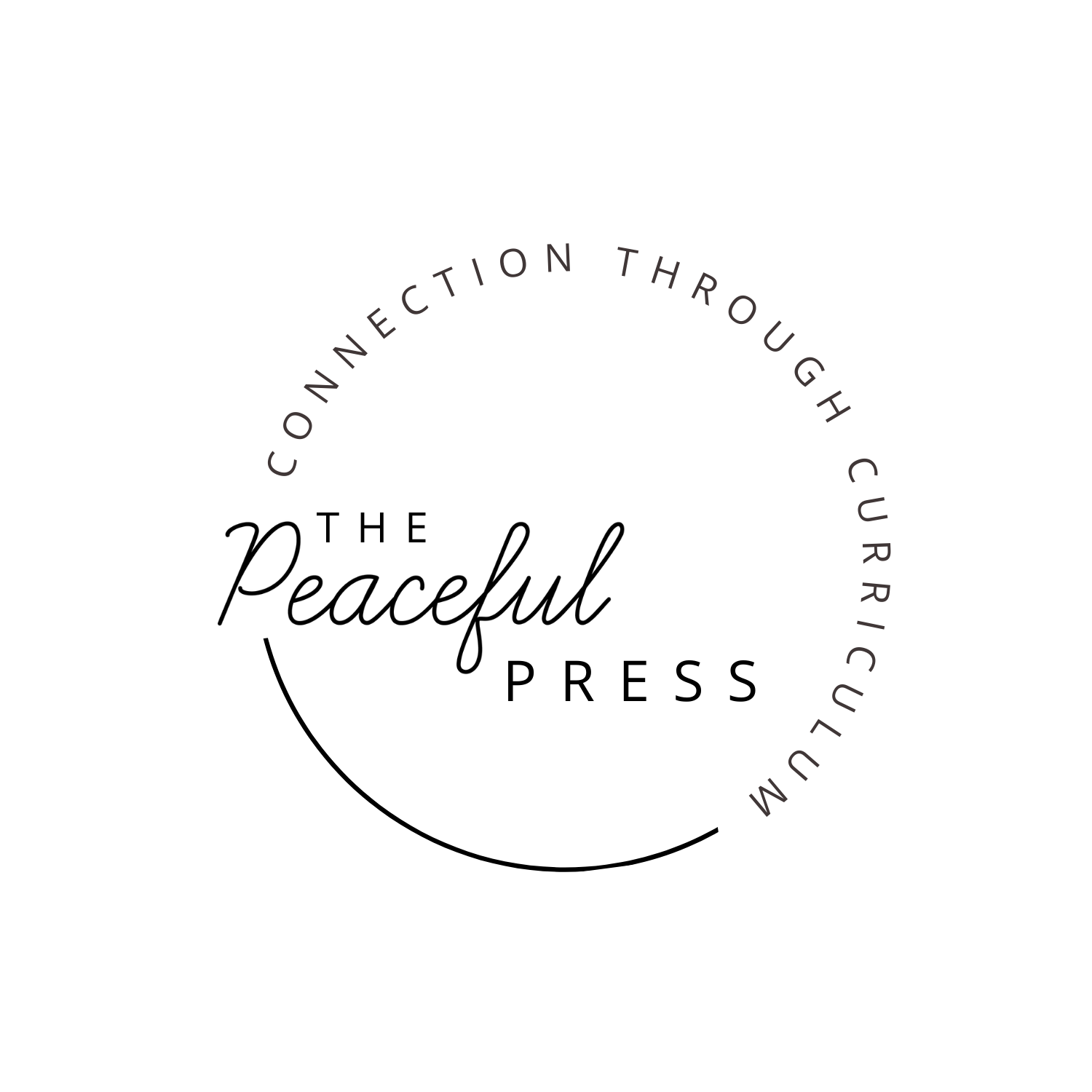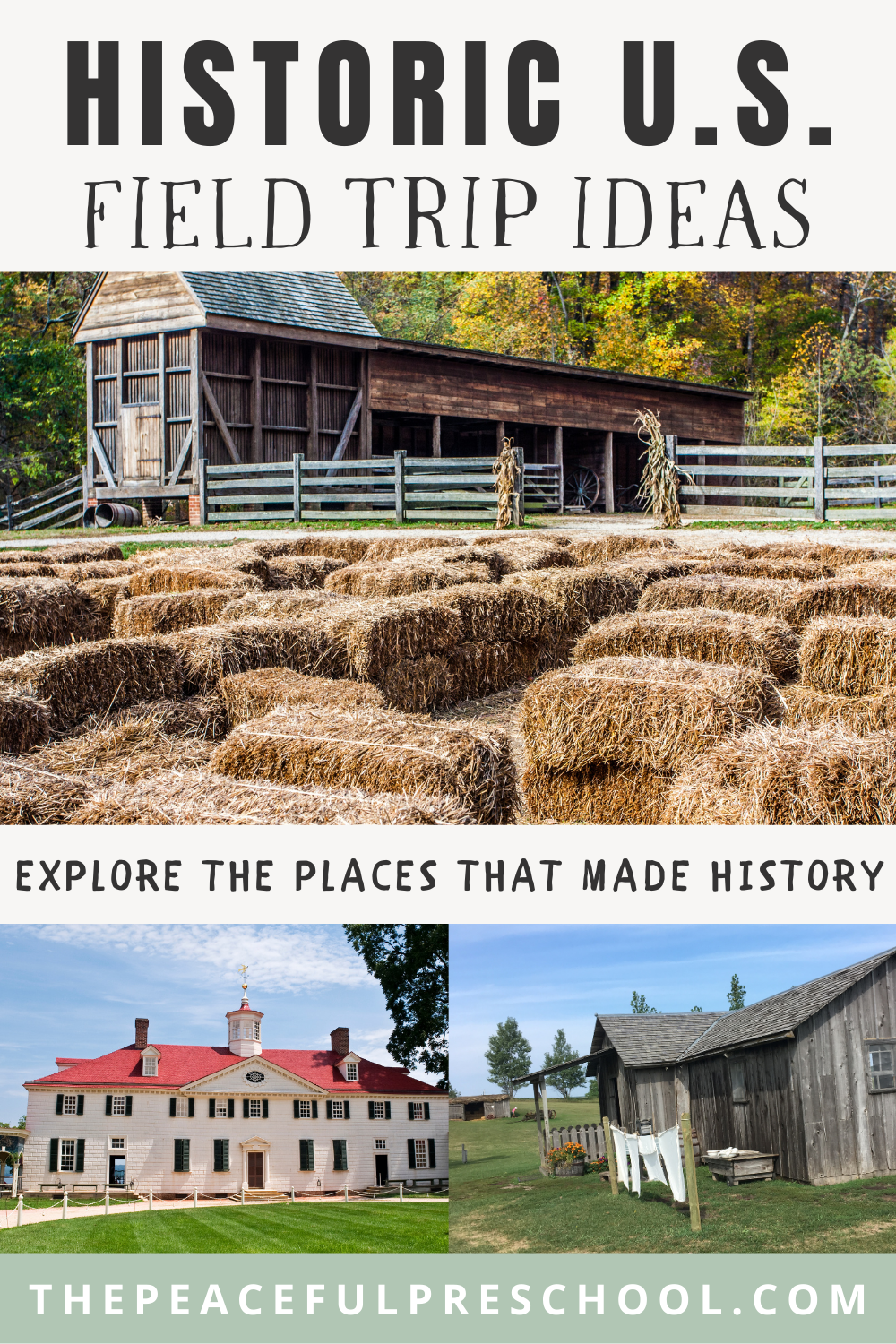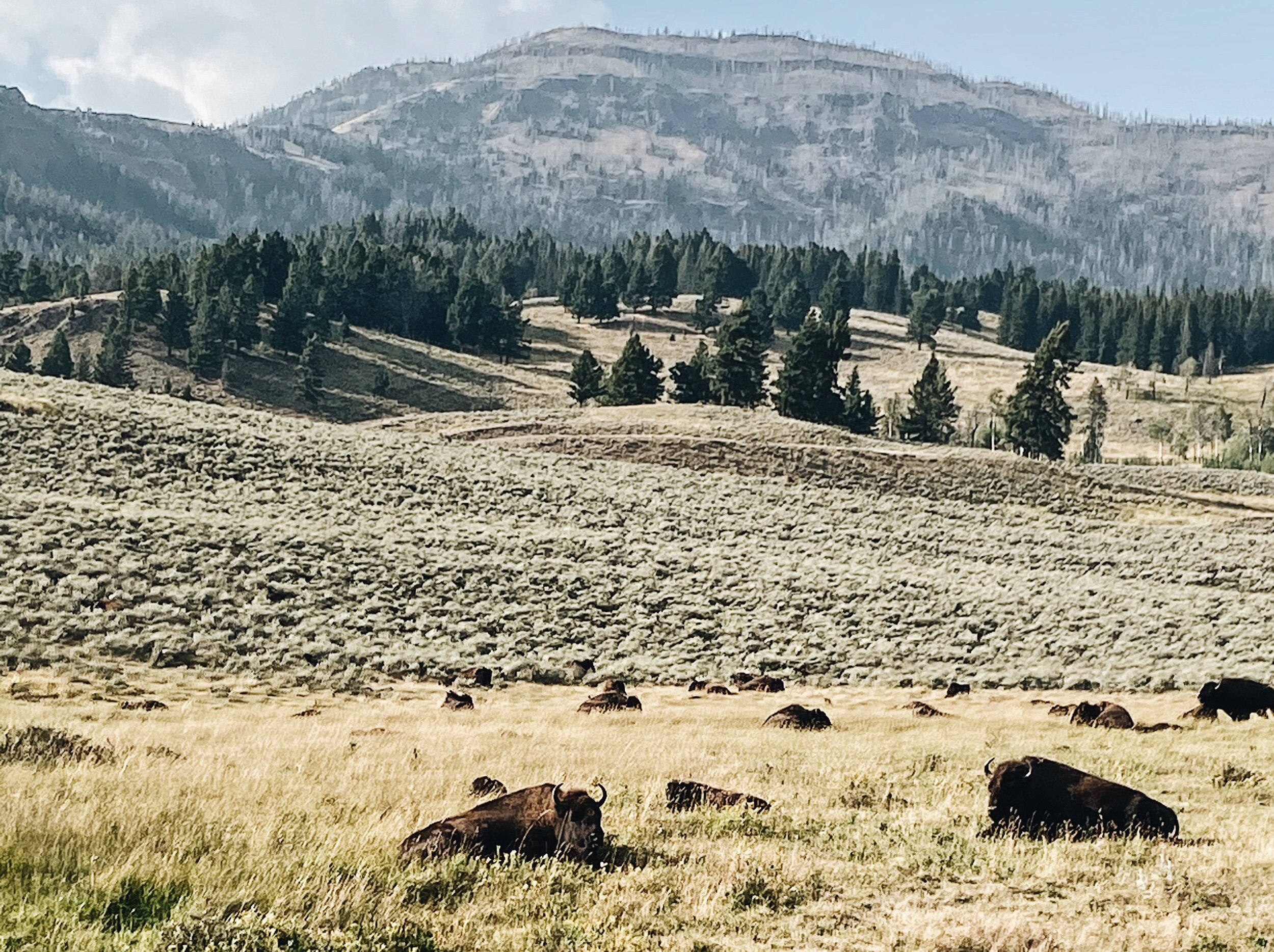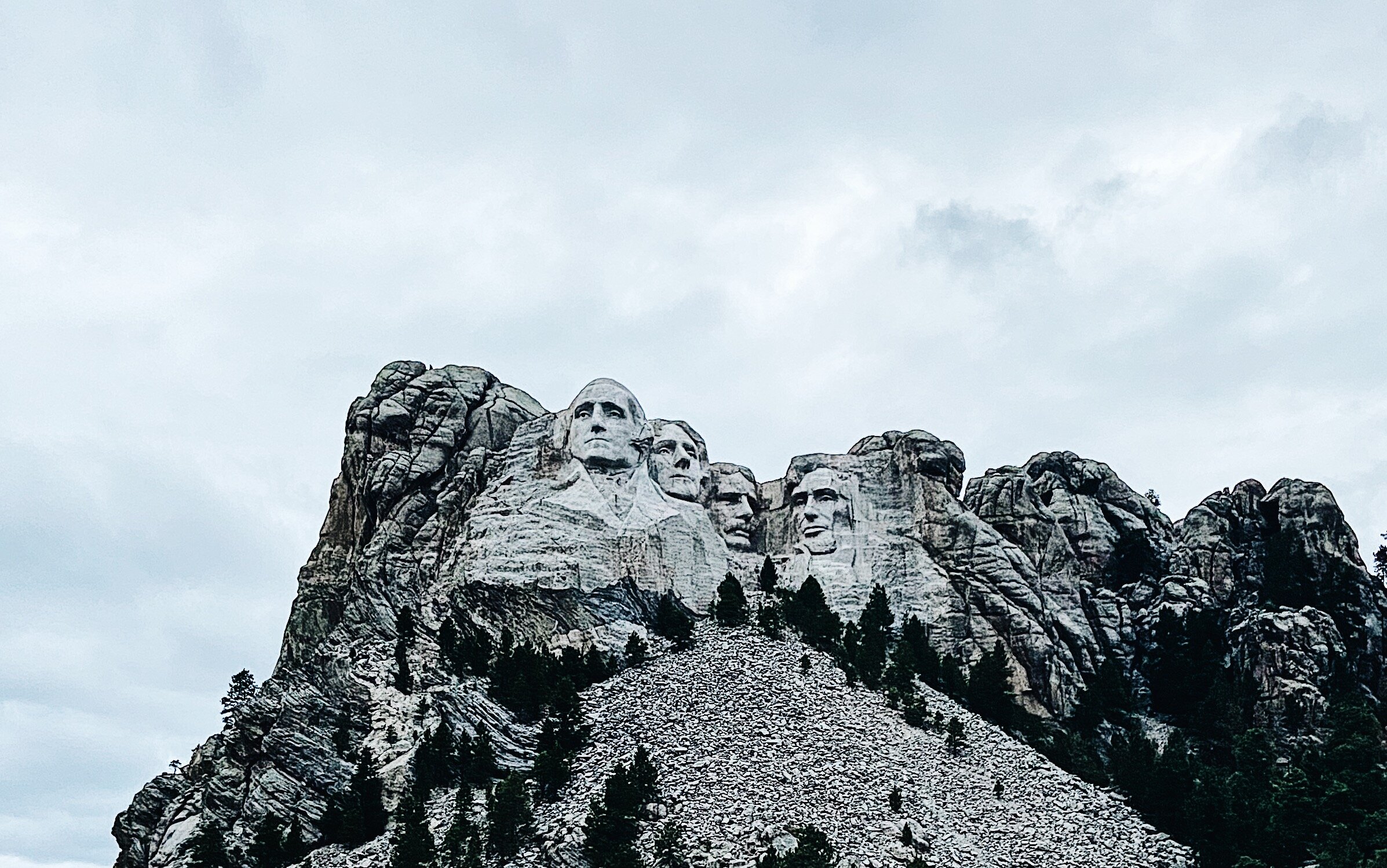Great American Field Trips
In the Peaceful Press resources we incorporate hands on learning to help your children remember what they’ve read about, incorporate STEM learning , and have fun, but we also love field trips for the way they help children identify with what they are studying.
As you work your way through American History with The Playful Pioneers, we hope you will incorporate field trips as well.
You can see a list of recommended field trips in the co-op guide, but here are a few we think you will love.
Yellowstone National Park
Visiting Yellowstone gives your children a chance to see some of the animals mentioned in the Little House books, and to imagine what America looked like before westward expansion. You can see wide open valleys where bears and wolves still prey, and where bison still graze, as well as geological wonders such as the geysers, mudpots and canyons that shape this wild landscape.
Crazy Horse National Monument
In the Black Hills of South Dakota, there is a face carved into the mountain that represents Crazy Horse, an Oglala Lakota Warrior. It is here that you can learn more about the Native Americans who roamed the Great Plains, and about the nomadic lifestyle they once lived.
Plimoth Plantation
Plymouth Colony is a recreation of the first community that the Pilgrims founded when they arrived on the shores of North America. There you can see the small buildings that they lived in, the heavy clothing they wore, and learn more about the hardships they faced as they sought to create a new colony where they could worship in freedom. You can also visit a recreation of the Patuxet homes, those nearby neighbors who helped them learn to plant crops that could survive and feed the struggling colony.
Paul Revere’s House
The city of Boston, Massachusetts is a museum in itself, with historical sites such as the Old North Church, and graveyards with headstones of several notable early Americans. However, after reading the poem, The Ride of Paul Revere as we worked our way through The Playful Pioneers, it was especially meaningful to visit his home and to get a glimpse into the life of Colonial America.
Mount Vernon
Any study of American History must also include a study of George Washington, the reluctant first president who is especially known for his inability to tell a lie. As we visit the homes of men such as George Washington and Thomas Jefferson, we can realize that while they were just men, and prone to mistakes, they also established a form of government based on natural law which is worth studying. As we read their words and understand why they fought for freedom from tyranny (while sadly neglecting the freedom of African Americans), we can do better at preserving liberty for all in our own time.
“It is substantially true, that virtue or morality is a necessary spring of popular government. The rule, indeed, extends with more or less force to every species of free government.”
― George Washington
Mystic Seaport
Mystic Harbor is a celebration of the nautical history of North America. It includes displays that instruct on the history of whaling, navigation, sea trade, and other integral aspects of the building of our country.
Mount Rushmore
While seeing four presidents carved into stone is an impressive sight, what I really love about this park is the timeline of American History that is in the visitor center. It was thought-provoking to see many of the major events in our country’s history laid out in a sequential way, and we were inspired to learn more about these events.
Ingall’s Homestead
The Ingall’s Homestead in De Smet, South Dakota includes several displays to help your child visualize what life was like for pioneers in America. You can take a covered wagon ride, twist hay, grind wheat, braid a mini rug, wash clothes with a wringer washer and washboard, and look inside a prairie cabin. It’s a fantastic place for helping your child envision life as a pioneer.
What are your favorite American History field trips? We know there are so many good ones and we’d love to hear your suggestions.




